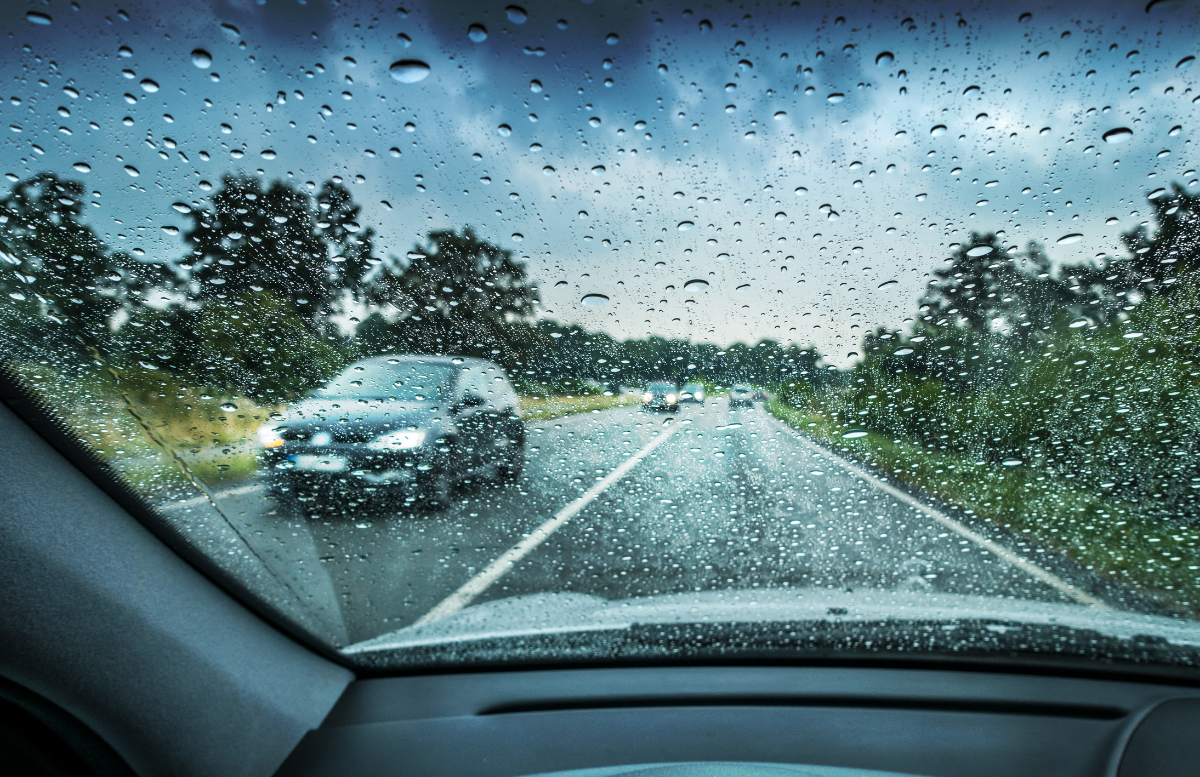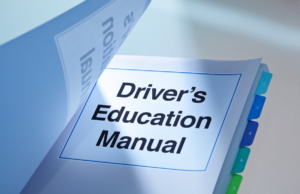When hydroplaning occurs abruptly, it might be frightening, but with attention and the right knowledge, you can go through it without breaking a sweat. If you do hydroplane, keep all of these tips in mind. You’ll be able to keep safe on the road regardless of the weather.
What Is Hydroplaning & What Causes It?
Hydroplaning occurs when your tires encounter more water on the road than the tires can successfully clear out of the way. Instead of gripping the road as they should, your tires are traveling on this layer of water. This continues until you either pass through the puddle or your tires travel far enough away from the water. Hopefully, this will only last a fraction of a second, but it could endure several seconds.
When I Hydroplane, What Should I Do?
It might be extremely surprising when your vehicle begins to hydroplane, but you must respond quickly to safely maneuver yourself out of danger. The most crucial initial step is to remain calm. You may make matters far worse if you panic and try to jerk the steering wheel. Take your foot off the gas but don’t slam the brakes once you’ve regained your composure and focus. You risk skidding if you continue to speed or apply the brakes.
You must now regain control of the vehicle after slowing your acceleration. Maintain tight steering wheel control and move the car in the direction of travel. When you exit the hydroplane, this guarantees that your car stays in its lane. If you follow these instructions, the only thing left to do is wait for the tires to re-engage with the road, effectively ending the hydroplane.
Is It Possible to Avoid Hydroplaning?
There are certain things you can do to lessen your risks of hydroplaning, but nothing can totally prevent it unless you stay at home while it rains. Here are some tips to help you avoid hydroplaning:
- Pay Attention to Your Tires – Make sure your tires have adequate tread and are properly inflated. When your tires aren’t in good shape, they have less traction. Find out when your tires need to be replaced.
- Slow down and avoid driving across any puddles you come across. Driving through less water reduces your chances of hydroplaning in the first place. You should also avoid changing lanes and slow down near any tight bends.
- Turn off Cruise Control – If you hydroplane, you don’t want to accelerate; therefore, cruise control can force you to enter a skid. Keep it off until the road conditions improve.
- Follow Other Cars – Try to follow the tire tracks of the automobile ahead of you. They’ve already moved the water out of the way, so their path is likely to be a little safer. Always maintain a safe distance behind them in case they hydroplane.
When It Rains, Drive Extra Safely
Staying calm, reacting to the road conditions, and paying additional attention to your surroundings will get you through most circumstances, whether it’s pouring or there’s other bad weather. Signing up for a driver’s ed course at DriversEd.com is another approach to learning how to drive in any weather. DriversEd.com offers an online course for kids and adults to learn the rules of the road from the comfort of their own homes.



